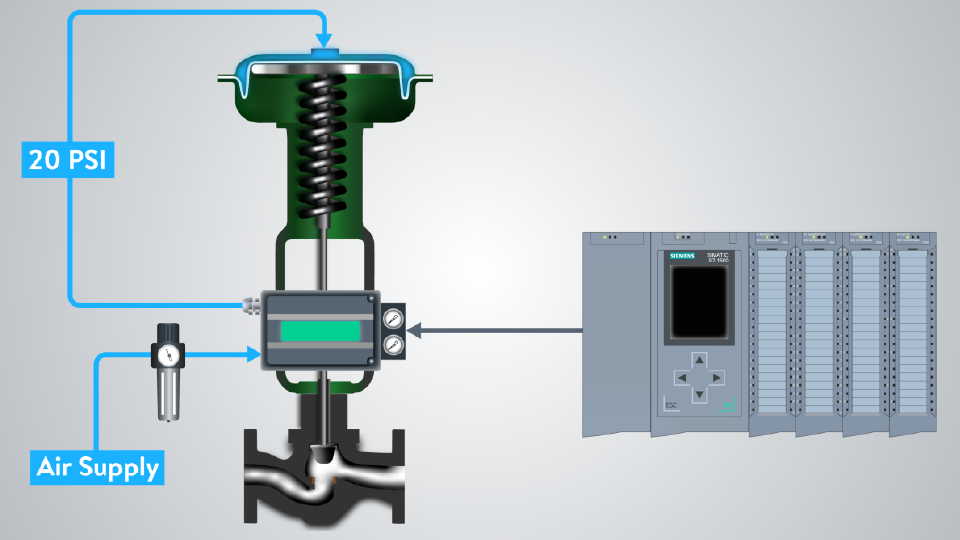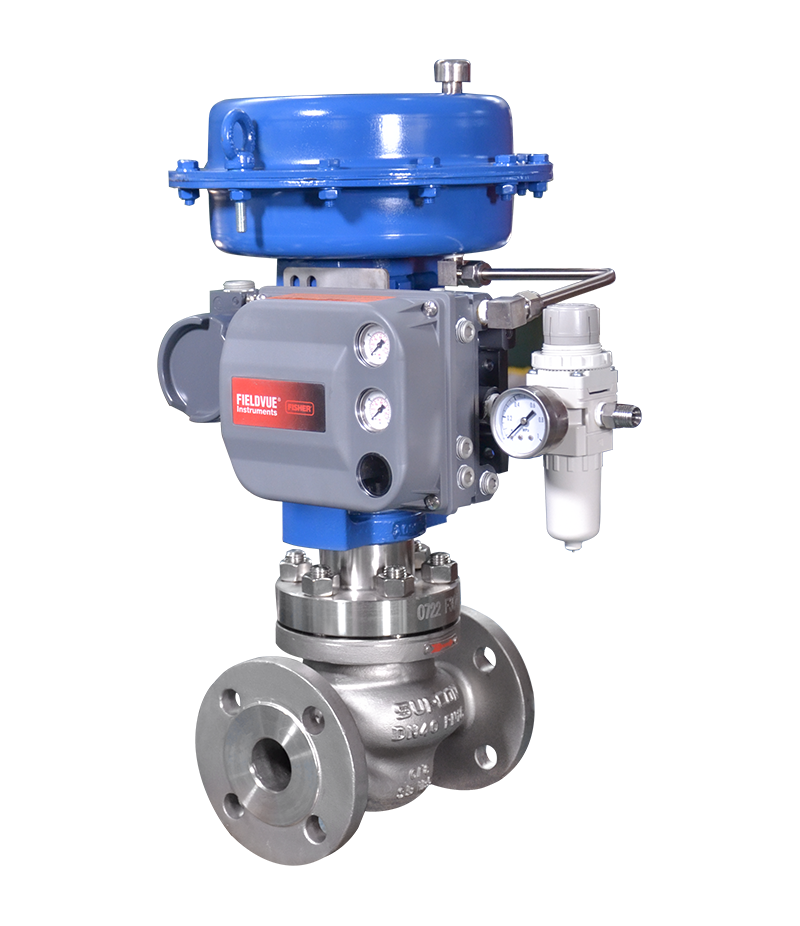Optimizing System Control with High-Performance Control Valves
Optimizing System Control with High-Performance Control Valves
Blog Article
Achieve Seamless Assimilation and Control With Quality Structure Automation Controls
In the realm of modern building administration, the value of top quality structure automation controls can not be overemphasized. Embracing top quality structure automation controls is not merely an issue of comfort yet a critical crucial for organizations aiming to maximize their centers' efficiency and sustainability.

Evolution of Building Automation Controls
Throughout the previous few years, the evolution of developing automation controls has substantially changed the means buildings are managed and operated. Building automation systems largely concentrated on basic features such as regulating heating, air, and air flow conditioning (HVAC) systems. As innovation advanced, these controls have actually become extra innovative, permitting for a broader array of structure systems to be incorporated and managed centrally.
The advancement of building automation controls has actually seen a change towards more smart systems that can adapt to transforming problems in real-time. This versatility is vital for enhancing energy performance and guaranteeing owner convenience. Additionally, modern structure automation controls currently provide attributes such as anticipating upkeep, remote surveillance, and information analytics, making it possible for facility managers to make data-driven decisions to enhance building performance.

Advantages of Quality Assimilation
The development in structure automation manages towards even more smart systems has actually highlighted the significant benefits of high quality integration in enhancing building operations and enhancing general performance. This central control additionally provides better visibility and insights right into structure performance, enabling proactive maintenance and optimization methods. In general, the advantages of quality assimilation in building automation controls are indisputable, offering boosted effectiveness, comfort, and functional performance.
Boosted Customer Experience and Accessibility
Enhancing customer communication with building automation manages via intuitive layout and boosted availability raises the overall experience for owners and center managers alike. By concentrating on individual experience, constructing automation systems can become a lot more straightforward and efficient. Instinctive user interfaces, clear navigation, and customizable setups encourage individuals to connect with the controls conveniently and properly.
Access attributes play a vital function in guaranteeing that all individuals, including those with handicaps, can use the structure automation manages effortlessly. Including attributes such as voice commands, responsive buttons, and color-contrasted screens can improve accessibility and make the controls a find this lot more comprehensive.
Additionally, improved user experience leads to higher user fulfillment, increased performance, and far better decision-making. Passengers can readjust look at this now environmental settings according to their preferences, while center managers can effectively manage and keep track of building systems - control valves. Overall, focusing on individual experience and availability in structure automation manages adds to a much more seamless and effective structure setting for all stakeholders included
Sustainable Practices Through Automation

Moreover, automation can facilitate the integration of sustainable power resources such as solar panels or wind generators into building operations. Through automation, buildings can align with modern sustainability goals and add to a greener future.
Future Trends in Structure Control Solution
One prominent trend shaping the future of building control systems is the enhanced combination of Artificial Knowledge (AI) and maker knowing. In addition, the Internet of Things (IoT) is revolutionizing building control systems by attaching sensing units and devices to enhance operations and enhance performance.
An additional key trend is the emphasis on cybersecurity procedures to shield versus possible threats to developing automation systems. As structures become a lot more interconnected, making sure robust cybersecurity methods will be important to safeguard delicate information and prevent unauthorized gain access to.
Additionally, the change in the direction of cloud-based platforms is acquiring momentum, enabling for streamlined control and remote accessibility to structure systems. This promotes less complicated monitoring, upkeep, and updates, improving the overall efficiency and versatility of structure control systems. As technology discover this remains to breakthrough, these patterns are expected to shape the future landscape of structure automation controls, driving advancement and sustainability in the built setting.
Verdict
Future patterns in structure control systems are likely to concentrate on additional boosting automation capacities for improved power performance and overall performance. It is important for building proprietors and operators to prioritize the adoption of high quality structure automation controls to enhance building operations and accomplish long-term sustainability goals.
In the world of contemporary building monitoring, the significance of top quality structure automation controls can not be overemphasized. In general, the evolution of structure automation controls proceeds to drive innovation in the building management market, using brand-new opportunities for producing smarter and a lot more sustainable structures.
The innovation in building automation manages towards even more intelligent systems has actually emphasized the substantial advantages of top quality assimilation in optimizing building operations and improving total performance. Generally, focusing on user experience and ease of access in structure automation regulates contributes to a more smooth and effective structure environment for all stakeholders involved.
It is crucial for building proprietors and operators to prioritize the adoption of quality structure automation controls to maximize structure operations and attain long-lasting sustainability goals. - control valves
Report this page